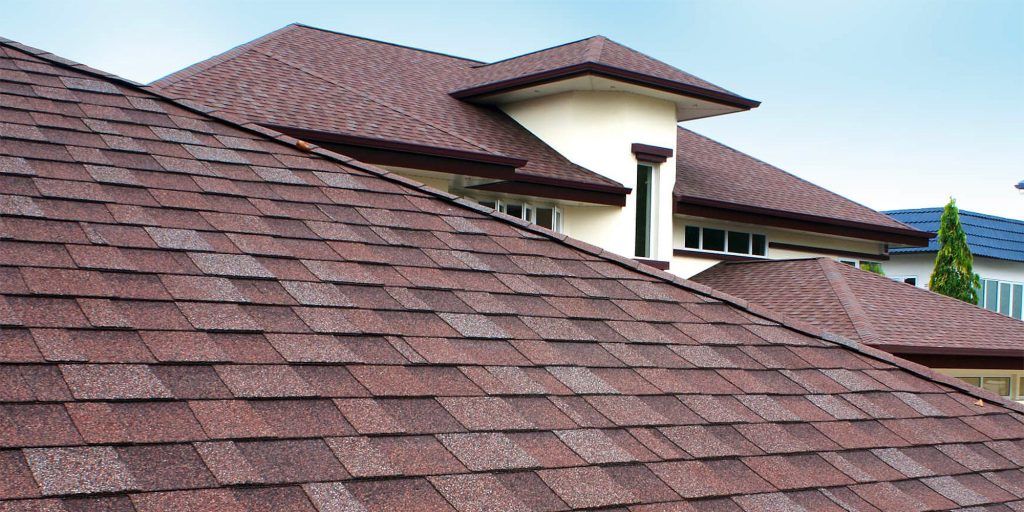Cutting-edge Technology Integration for Commercial Electrical Systems
Cutting-edge technology integration for commercial electrical systems is revolutionizing the way businesses operate by offering advanced capabilities for energy management, automation, and optimization. In today’s digital age, businesses seek innovative solutions that not only enhance efficiency and productivity but also reduce costs and environmental impact. One of the key aspects of cutting-edge technology integration is the adoption of smart building systems. These systems leverage Internet of Things IoT sensors, data analytics, and cloud-based platforms to monitor and control various building systems, including lighting, HVAC, security, and energy management, from a centralized interface. By integrating smart building technologies into commercial electrical systems, businesses gain real-time visibility into energy usage, occupancy patterns, and equipment performance, allowing for proactive management and optimization of building operations. Moreover, cutting-edge technology integration enables advanced energy management capabilities for commercial electrical systems. Smart meters, energy monitoring devices, and building automation systems provide granular insights into energy consumption patterns, allowing businesses to identify opportunities for optimization and cost savings.
By analyzing data on energy usage, peak demand, and utility rates, businesses can implement strategies such as demand response, load shifting, and predictive maintenance to reduce energy costs and enhance operational efficiency. Additionally, integrating renewable energy sources, such as solar panels or wind turbines, into commercial electrical systems allows businesses to generate clean, renewable energy onsite, further reducing reliance on grid power and lowering carbon emissions. Furthermore, cutting-edge technology integration enhances automation and control capabilities for commercial electrical systems, streamlining processes and improving operational workflows. Automated lighting controls, for example, adjust brightness levels based on occupancy and daylight availability, optimizing energy use while providing adequate illumination for occupants and go here. Similarly, smart HVAC systems can adjust temperature settings based on occupancy patterns, weather conditions, and energy demand, maximizing comfort while minimizing energy consumption.
Additionally, integrating smart sensors and actuators into electrical systems enables predictive maintenance and remote diagnostics, allowing businesses to identify and address potential issues before they escalate into critical problems, thereby minimizing downtime and disruptions to operations. In addition to energy management and automation, cutting-edge technology integration offers enhanced connectivity and interoperability for commercial electrical systems. Open protocols, standardized communication protocols, and interoperable platforms enable seamless integration and compatibility between different building systems and devices, regardless of manufacturer or technology. This interoperability facilitates data sharing, collaboration, and innovation, allowing businesses to leverage a wide range of third-party applications, services, and solutions to meet their specific needs and objectives. Furthermore, cloud-based platforms and mobile applications provide anytime, anywhere access to building data, analytics, and controls, empowering businesses to make informed decisions and take proactive action to optimize building performance and enhance occupant satisfaction.





